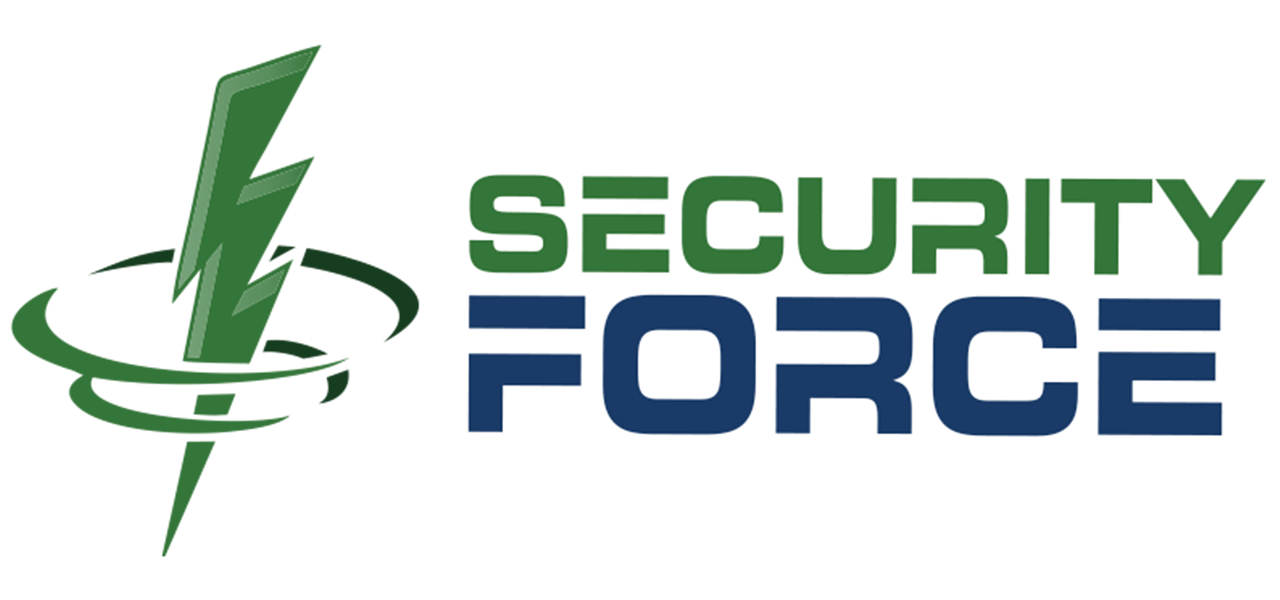When people think about security, they often imagine high-tech solutions: cameras on every corner, badge readers at every door, firewalls and encryption protecting digital assets. These tools are essential, no doubt. But there’s a deeper, more foundational element that determines whether security systems truly work: culture.
Yes, culture. The shared attitudes, behaviors, and values of the people in an organization or community matter more than any piece of hardware or software. In fact, without the right culture, even the most sophisticated security tools will eventually fail.
Technology Has Limits
Let’s start with the obvious. Technology is a powerful enabler. Surveillance cameras can capture evidence. Access control systems can restrict entry. Alarm systems can alert law enforcement. Cybersecurity platforms can detect and block threats in real time.
But every one of these systems relies on people. People decide how systems are configured. People monitor the alerts. People respond to incidents. And, unfortunately, people are often the weakest link.
Consider a company with a world-class cybersecurity system. If employees routinely click on suspicious links or reuse weak passwords, no firewall in the world will save them. Or picture a building with the latest electronic locks—but where staff routinely “tailgate” coworkers or strangers through secure doors without checking credentials.
In both cases, the problem isn’t the technology. It’s the culture.
What Does a Security-Conscious Culture Look Like?
A healthy security culture isn’t about paranoia. It’s not about turning every employee into a security guard or turning every interaction into a checkpoint.
Instead, it’s about awareness, responsibility, and habits.
In a strong security culture:
- People understand why security matters—not just to the company, but to each other.
- Individuals feel empowered to speak up when they see something suspicious or risky.
- Procedures are followed not out of fear, but out of shared commitment.
- Mistakes are treated as learning opportunities, not punishable offenses.
- Leaders model good behavior, rather than just enforcing rules.
This kind of culture doesn’t emerge overnight. It’s built intentionally, through communication, training, and reinforcement. It’s woven into onboarding, daily operations, and even performance evaluations. It comes from the top down and spreads from the ground up.
The ROI of Security Culture
Investing in culture might not seem as tangible as buying a new security system, but the return is enormous.
When people take ownership of security, they stop being passive users and become active defenders. They catch mistakes before they become breaches. They report issues before they become crises. They help each other make better choices—whether that means locking a door, verifying an email sender, or holding a contractor accountable.
Companies with a strong security culture often face fewer incidents and recover more quickly when something does go wrong. They also build trust—with employees, customers, and the public—by demonstrating that they take safety seriously.
Culture Can’t Be Bought—But It Can Be Built
You can’t outsource culture. You can’t download it, or bolt it onto your existing systems. But you can build it—through leadership, consistency, and clarity.
Start by asking some simple questions:
- Do your people know what to do in a security situation?
- Do they feel comfortable reporting issues?
- Do they understand why security procedures exist?
- Do leaders set a good example?
If the answer to any of these is “no,” that’s an opportunity. Not a failure—just a chance to strengthen your most important security asset: your people.
The Bottom Line
Security technology will always evolve. New tools will emerge. Threats will change. But one thing remains constant: culture is the foundation that makes security work.
Organizations that prioritize culture build safer, smarter, and more resilient systems—not just with gadgets and gates, but with people who care.
And in the end, that’s the most powerful defense you can have.

